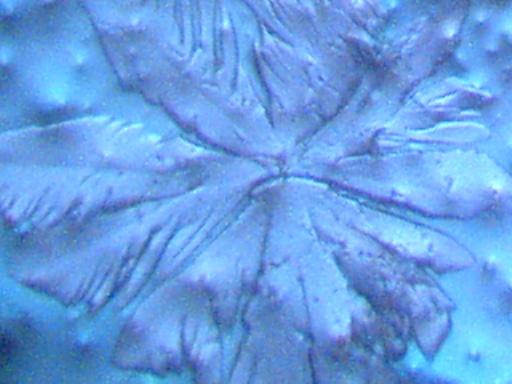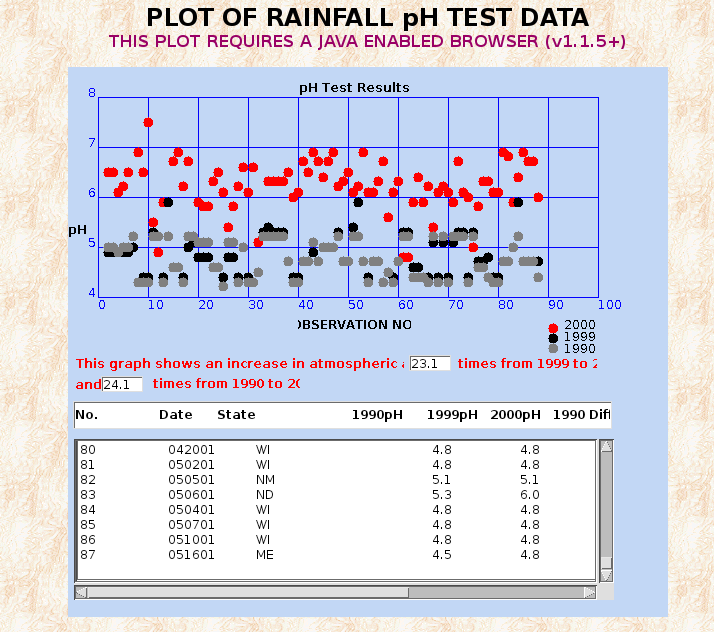
CRYSTAL CHEMISTRY
Recent results from examining rainfall samples using methods of crystal chemistry are indicating substantial levels of metallic particulates within these rainwater samples. The analysis of the aerosol operations by a combination of methods repeatedly results in considerable attention being given to the elements of Group II of the periodic table (e.g. – magnesium, calcium, barium). The crystalline forms primarily found in these rainwater samples and documented with microscopic pictures is that believed to be magnesium chloride. This gives an indication of the existence of ionic magnesium within the rainfall sample. A description of the method used to create the crystalline forms shown in the attached pictures is provided here, with discussion of the polarizability and deliquessence attributes of these samples.



